Call Numbers are used to identify the physical location of an item within the library, so you can find the particular book you are looking for amongst all the books that are in the library.
The Library of Congress Classification System (called "LOC" by librarians) and the Dewy Decimal System are the two main systems used to assign a call number to an item in most of the libraries within the U.S. today. LOC is mostly used in academic settings, such as university libraries, and the Dewy System is mostly used in public libraries.
Both of these systems attempt to divide all the knowledge that it is possible to have, about all the things, in the entire past, present, and future world into categories, then into smaller and smaller hierarchically nested categories. The Dewy Decimal System as you can guess by the word "decimal" uses 10 major categories, which are then divided into 10 subcategories, which are each further divided into 10 more sub-sub-categories. The LOC system uses the letters of the English alphabet giving it 26 categories which can each be further divided into 26 subcategories.
The reason that we use these particular systems instead of something like alphabetizing them by title or author is so that books which contain information on a given subject will all be located near each other. This makes what we call "serendipitous discovery" possible. While looking for the book you think you want you may very well find a book that fits your information need even better, if you keep your eyes and your mind open while searching!
For this assignment your instructor wants you to find information on books that have a call number beginning with the letter Q. This should include, according to the LOC schema, all the books we have on "Science". As you can guess, that is a pretty broad topic to be searching through so the Q section is subdivided into 12 subsections: Q, QA, QB, QC, QD, QE, QH, QK, QL, QM, QP, QR. Each of these is for a different area of scientific knowledge, the books with a Q standing alone are general science books which cross over several areas of science or give broad overviews which don't go within only one particular field. In addition to these call number ranges, many books you may consider should go within the topic of "science" will be found in other areas altogether, such as the entire range of call numbers beginning with "T" which is dedicated to Technology.
You'll notice that QF, QG, QI, QJ, QN, QO, QS, QT, QU, QV, QW, QX, QY, QZ are missing. That is because many call number ranges are left intentionally empty to enable the schema to continue to grow over time as it has since its inception in 1897, long before anyone had any idea we would ever need a call number like TK7885-7895 for computer engineering and computer hardware. The blank ranges are spread out through the alphabet for a couple of reasons: 1. That way when a range is added in the future it should not require such a dramatic shifting of books as it would if multiple ranges were added at the end. 2. Some letters just look weird and are confusing to read on the spine labels leading to the books being placed on the wrong shelves anyway. ("QI" looks an awful lot like "Q1", which looks an awful lot like "Q7")
So for a short answer, it just means that you will be looking at books on "Science" which we have on the shelves here at the campus library! But the long answer above will help you to better do your assignment by giving you the background you need to select the most accurate sample and identify your sources of possible error.
Library of Congress Classification Outline

